Home>Home Appliances>Laundry Appliances>How To Clean Stuffed Animals Without A Washing Machine
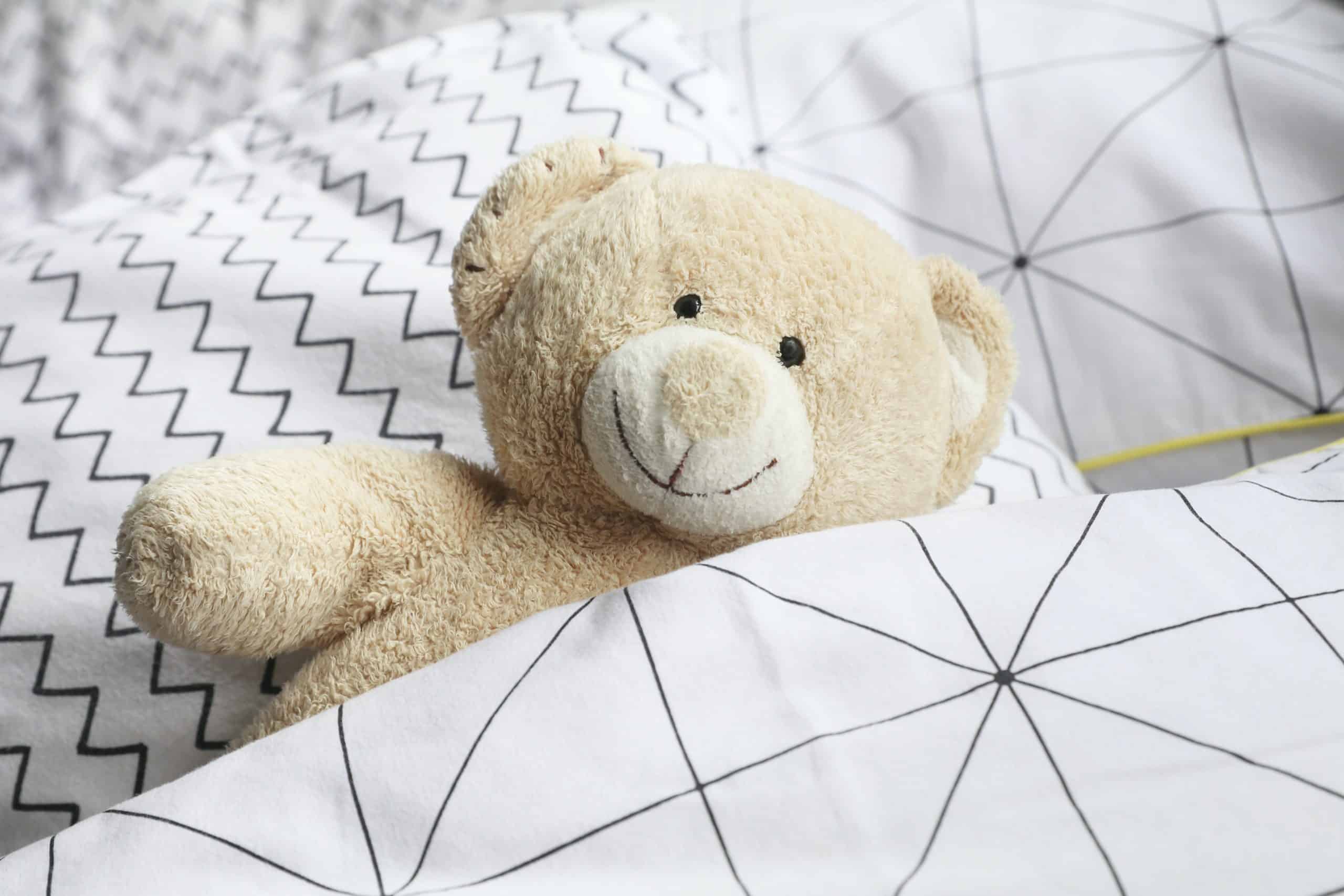

Laundry Appliances
How To Clean Stuffed Animals Without A Washing Machine
Published: February 21, 2024
Learn how to clean stuffed animals without a washing machine using simple methods at home. Keep your laundry appliances safe and your plush toys clean.
(Many of the links in this article redirect to a specific reviewed product. Your purchase of these products through affiliate links helps to generate commission for Storables.com, at no extra cost. Learn more)
Introduction
Stuffed animals are cherished companions for many, providing comfort and joy to both children and adults. Over time, these beloved plush toys can accumulate dust, dirt, and stains, requiring proper cleaning to maintain their charm and hygiene. While washing machines are commonly used for cleaning fabric items, not all stuffed animals are machine washable. Therefore, it's essential to know how to clean stuffed animals without a washing machine to preserve their softness and appearance.
In this comprehensive guide, we will explore various methods for cleaning stuffed animals, from spot cleaning to deep cleaning, using simple materials that are readily available in most households. Whether your fluffy friend has a small stain or needs a thorough refresh, these techniques will help you restore its cleanliness without the need for a washing machine.
By following the step-by-step instructions and tips provided in this article, you can ensure that your stuffed animals remain fresh, clean, and huggable for years to come. Let's embark on this journey to learn the art of caring for our cherished plush companions.
Key Takeaways:
- Keep your stuffed animals clean and huggable without a washing machine using simple materials like mild detergent, white vinegar, and baking soda. Spot cleaning, surface cleaning, and deep cleaning methods ensure their freshness and charm.
- After cleaning, gently squeeze out excess water and air dry your stuffed animals in a well-ventilated area. Avoid direct sunlight and heat sources to maintain their softness and shape. With proper care, they’ll be ready for more cuddles and playtime!
Read more: How To Organize Stuffed Animals
Materials Needed
Before embarking on the journey of cleaning stuffed animals without a washing machine, it's essential to gather the necessary materials to ensure a successful and gentle cleaning process. These materials are commonly found in most households, making the cleaning task convenient and accessible. Here's a list of materials needed for cleaning stuffed animals:
-
Mild Detergent: Opt for a gentle, mild detergent that is suitable for delicate fabrics. Avoid using strong or harsh detergents that may damage the plush material of the stuffed animals.
-
White Vinegar: White vinegar is a versatile and natural cleaning agent that can help remove odors and stains from stuffed animals. It is gentle on fabrics and safe for use on most plush toys.
-
Soft Bristle Brush: A soft-bristled brush, such as a clean toothbrush or a makeup brush, can be used to gently scrub and remove surface dirt from the stuffed animals without causing damage to the fabric.
-
Clean Cloth or Sponge: Prepare a clean, soft cloth or sponge for spot cleaning and wiping the surface of the stuffed animals. Ensure that the cloth is free from any debris or residues that may transfer onto the toys.
-
Baking Soda: Baking soda is an effective natural deodorizer and can help absorb odors from stuffed animals. It is particularly useful for freshening up plush toys that have been stored in musty or smelly environments.
-
Lint Roller or Tape: To remove loose dirt, hair, or lint from the surface of the stuffed animals, a lint roller or adhesive tape can be used. This will help ensure that the plush toys are free from visible debris before proceeding with the cleaning process.
-
Gentle Stain Remover (Optional): In case the stuffed animals have stubborn stains, a gentle stain remover specifically designed for delicate fabrics may be used. It's important to test the stain remover on a small, inconspicuous area of the toy first to ensure compatibility.
By having these materials on hand, you can confidently proceed with the cleaning process, knowing that you have everything necessary to care for your stuffed animals with the utmost attention and gentleness. Now that we have our materials ready, let's delve into the various methods of cleaning stuffed animals without a washing machine.
Spot Cleaning
Spot cleaning is a targeted and effective method for addressing small stains and localized dirt on stuffed animals without subjecting the entire toy to a full cleaning process. This approach is particularly useful for handling minor spills, smudges, or isolated marks that may detract from the overall appearance of the plush toy. By focusing on specific areas that require attention, spot cleaning allows for gentle and precise treatment, minimizing the risk of overexposure to moisture and cleaning agents.
To begin the spot cleaning process, start by assessing the stuffed animal for any visible stains or soiled areas. Identify the specific spots that require cleaning and prepare the necessary materials, including a mild detergent, clean cloth or sponge, and a small bowl of lukewarm water.
-
Dilute the Detergent: In the small bowl of lukewarm water, dilute a small amount of mild detergent. It's important to use a minimal amount of detergent to avoid excessive suds and to prevent residue from accumulating on the plush fabric.
-
Spot Treatment: Dip the clean cloth or sponge into the diluted detergent solution and gently blot the stained or soiled area of the stuffed animal. Avoid rubbing vigorously, as this may cause the stain to spread or the fabric to become distorted. Instead, use gentle dabbing motions to lift the stain from the surface of the plush toy.
-
Rinse with Clean Water: After spot treating the stained area, dampen another clean cloth or sponge with plain water and gently blot the treated area to remove any residual detergent. This step helps to ensure that no detergent residue remains on the fabric, which could potentially attract more dirt or cause discoloration over time.
-
Air Dry: Once the spot cleaning process is complete, allow the treated area to air dry naturally. Avoid using heat sources such as hair dryers or direct sunlight, as excessive heat can damage the plush material and affect the toy's shape.
By following these simple yet effective steps, you can address small stains and localized dirt on stuffed animals through spot cleaning, preserving the overall cleanliness and appearance of the plush toys. This targeted approach allows for precise treatment of specific areas without the need for a washing machine, ensuring that your cherished stuffed animals remain fresh and inviting for endless hugs and playtime.
Surface Cleaning
Surface cleaning is a crucial step in maintaining the overall cleanliness and appearance of stuffed animals, especially when a thorough wash is not feasible. This method focuses on refreshing the exterior of the plush toys, removing surface dust, dirt, and odors to keep them looking and feeling their best. Surface cleaning is particularly beneficial for stuffed animals that are not machine washable or have delicate embellishments, ensuring that they remain inviting and hygienic for both children and adults.
To initiate the surface cleaning process, begin by preparing the necessary materials, including a soft-bristled brush, white vinegar, baking soda, and a lint roller or adhesive tape. These simple yet effective tools will aid in gently lifting surface debris, deodorizing the plush fabric, and restoring the overall cleanliness of the stuffed animals.
-
Dust Removal: Using a soft-bristled brush, gently brush the surface of the stuffed animals to remove loose dust, dirt, and pet hair. Ensure that the brushing motion is light and delicate to avoid causing damage to the plush material. Pay attention to areas such as the seams, creases, and facial features where dust and debris may accumulate.
-
Deodorizing with Baking Soda: For stuffed animals that have absorbed odors or have been stored in musty environments, sprinkle a small amount of baking soda over the surface of the toys. Allow the baking soda to sit for a few hours to absorb odors before gently brushing it off with the soft-bristled brush. This natural deodorizing method helps freshen up the plush toys without the need for washing.
-
Spot Treatment with White Vinegar: If the stuffed animals have faint odors or mild stains, lightly dampen a clean cloth with diluted white vinegar and gently dab the affected areas. The mild acidity of white vinegar helps neutralize odors and can assist in lifting light stains without saturating the plush fabric.
-
Lint Removal: To ensure a pristine appearance, use a lint roller or adhesive tape to remove any remaining loose debris, lint, or pet hair from the surface of the stuffed animals. This final step helps achieve a polished and clean exterior, enhancing the overall appeal of the plush toys.
By incorporating these surface cleaning techniques into your plush toy maintenance routine, you can effectively refresh and revitalize stuffed animals without the need for a washing machine. This gentle approach ensures that the plush toys remain inviting, hygienic, and ready for countless cuddles and imaginative adventures.
Spot clean stuffed animals with a damp cloth and mild soap. Gently scrub any dirty areas and then wipe with a clean, damp cloth. Allow to air dry completely before returning to play.
Deep Cleaning
When surface cleaning and spot treatments are insufficient to address the accumulated dirt, grime, or odors on stuffed animals, a deep cleaning method becomes essential to restore their freshness and cleanliness. Deep cleaning involves a thorough and comprehensive approach to cleansing the plush toys, targeting embedded dirt, odors, and overall rejuvenation without the use of a washing machine. This method is particularly beneficial for larger stuffed animals, those with intricate designs, or those that have been subjected to prolonged use without proper cleaning.
To embark on the deep cleaning process, gather the necessary materials, including a mild detergent, white vinegar, baking soda, a soft-bristled brush, and a clean cloth. Additionally, prepare a basin or sink filled with lukewarm water to facilitate the cleaning procedure. It's important to approach deep cleaning with care and attention to preserve the integrity of the plush fabric and any embellishments or accessories attached to the stuffed animals.
-
Pre-Treatment Assessment: Before immersing the stuffed animals in water, carefully examine them for any delicate features, such as embroidered details, glued-on accessories, or electronic components. If the toys have such features, consider spot cleaning those areas separately to avoid potential damage during the deep cleaning process.
-
Dilute the Detergent: In the basin or sink filled with lukewarm water, add a small amount of mild detergent and gently agitate the water to create a mild soapy solution. It's crucial to use a minimal amount of detergent to prevent excessive suds and to minimize the risk of detergent residue remaining on the plush fabric.
-
Submerge and Gently Agitate: Place the stuffed animals in the prepared soapy solution, ensuring that they are fully submerged. Gently agitate the toys in the water, allowing the mild detergent to penetrate the fabric and lift embedded dirt and odors. Avoid vigorous scrubbing or wringing, as this may cause damage to the plush material or distort the toy's shape.
-
Rinse Thoroughly: After the plush toys have been agitated in the soapy solution, remove them from the water and rinse them thoroughly under lukewarm running water. Ensure that all traces of detergent are completely rinsed out to prevent residue buildup, which could compromise the cleanliness and softness of the fabric.
-
Deodorizing with White Vinegar: As a final step in the deep cleaning process, prepare a diluted white vinegar solution and lightly mist it over the surface of the plush toys. The mild acidity of white vinegar helps neutralize odors and acts as a natural fabric freshener, enhancing the overall cleanliness of the stuffed animals.
-
Air Dry with Care: Once the deep cleaning process is complete, gently squeeze out excess water from the stuffed animals without wringing or twisting them. Place the toys on a clean, absorbent towel and allow them to air dry naturally in a well-ventilated area, away from direct sunlight and heat sources. It's important to maintain the toy's shape during the drying process to ensure a pristine appearance.
By following these meticulous steps, you can effectively deep clean stuffed animals without the use of a washing machine, ensuring that they remain fresh, hygienic, and ready for continued cuddles and companionship. This thorough approach to cleaning preserves the charm and softness of the plush toys, allowing them to continue bringing joy and comfort to both children and adults.
Read more: How To Store Stuffed Animals
Drying the Stuffed Animals
After the cleaning process, proper drying is crucial to ensure that the stuffed animals maintain their shape, softness, and overall cleanliness. The drying phase is a critical step in the care routine, as improper drying methods can lead to fabric distortion, mildew growth, or damage to any internal components of the plush toys. By following the appropriate drying techniques, you can preserve the integrity of the stuffed animals and prepare them for renewed cuddles and playtime.
Upon completing the cleaning process, gently squeeze out excess water from the stuffed animals using a soft, absorbent towel. It's important to avoid wringing or twisting the toys, as this can cause the plush material to become misshapen or damaged. Once excess moisture has been removed, it's time to initiate the drying phase.
To facilitate gentle and thorough drying, place the cleaned stuffed animals in a well-ventilated area with good air circulation. It's essential to avoid direct exposure to sunlight or heat sources, as excessive heat can cause the plush fabric to become brittle or faded. Instead, opt for a location with indirect natural light or use a fan to promote airflow around the toys.
For larger stuffed animals, consider using a clean, dry towel or blanket to support and cushion the toys during the drying process. This helps maintain their shape and prevents any potential flattening of the plush material. Additionally, periodically fluff and reposition the stuffed animals as they dry to ensure even airflow and consistent drying throughout the fabric.
In cases where the stuffed animals have internal components, such as electronic devices or mechanisms, it's crucial to ensure that these components remain dry throughout the drying process. If applicable, follow any specific manufacturer guidelines for drying to safeguard the functionality and safety of the internal components.
Throughout the drying period, periodically assess the plush toys to gauge their moisture levels and overall dryness. Depending on the size and thickness of the fabric, the drying process may take several hours to complete. Exercise patience and allow the stuffed animals to air dry at their own pace, ensuring that they are completely dry before returning them to their usual play or display area.
By adhering to these careful drying practices, you can safeguard the cleanliness and integrity of the stuffed animals, allowing them to emerge from the cleaning process refreshed, inviting, and ready to resume their role as cherished companions. With proper drying, the plush toys can maintain their allure and softness, continuing to bring joy and comfort to those who embrace them.
Conclusion
In conclusion, the art of cleaning stuffed animals without a washing machine encompasses a delicate balance of gentle care, effective cleaning techniques, and thoughtful preservation of the plush toys' charm and softness. By embracing the methods of spot cleaning, surface cleaning, and deep cleaning, individuals can ensure that their cherished stuffed animals remain fresh, hygienic, and inviting for countless moments of cuddles and imaginative play.
The journey of cleaning stuffed animals without a washing machine begins with a keen understanding of the materials needed, including mild detergent, white vinegar, baking soda, soft-bristled brushes, and clean cloths. These readily available materials form the foundation for a comprehensive and gentle cleaning process, allowing individuals to address stains, odors, and surface dirt with precision and care.
Spot cleaning serves as a targeted approach for addressing small stains and localized dirt, ensuring that specific areas of the plush toys receive gentle and effective treatment without the need for a full wash. This method allows for the preservation of delicate embellishments and intricate designs, maintaining the overall cleanliness and appeal of the stuffed animals.
Surface cleaning plays a pivotal role in refreshing the exterior of stuffed animals, removing surface dust, dirt, and odors to uphold their inviting and hygienic nature. Through the use of simple tools such as soft-bristled brushes, white vinegar, and baking soda, individuals can revitalize the plush toys, ensuring that they remain visually appealing and ready for continued companionship.
When a more thorough cleansing is required, the deep cleaning method offers a meticulous and comprehensive approach to rejuvenating stuffed animals. By carefully immersing the toys in a mild detergent solution, rinsing them thoroughly, and employing natural deodorizing agents such as white vinegar, individuals can effectively restore the plush toys' freshness and cleanliness without the use of a washing machine.
Furthermore, the proper drying of stuffed animals is essential to maintain their shape, softness, and overall cleanliness. By allowing the plush toys to air dry in a well-ventilated area with gentle airflow, individuals can ensure that the toys emerge from the cleaning process in optimal condition, ready to continue providing comfort and joy.
In essence, the methods and techniques outlined in this guide empower individuals to care for their cherished stuffed animals with attentiveness and consideration, preserving their allure and softness for years to come. By embracing the art of cleaning stuffed animals without a washing machine, individuals can uphold the cleanliness, charm, and huggable nature of these beloved companions, fostering enduring moments of warmth and delight.
Frequently Asked Questions about How To Clean Stuffed Animals Without A Washing Machine
Was this page helpful?
At Storables.com, we guarantee accurate and reliable information. Our content, validated by Expert Board Contributors, is crafted following stringent Editorial Policies. We're committed to providing you with well-researched, expert-backed insights for all your informational needs.
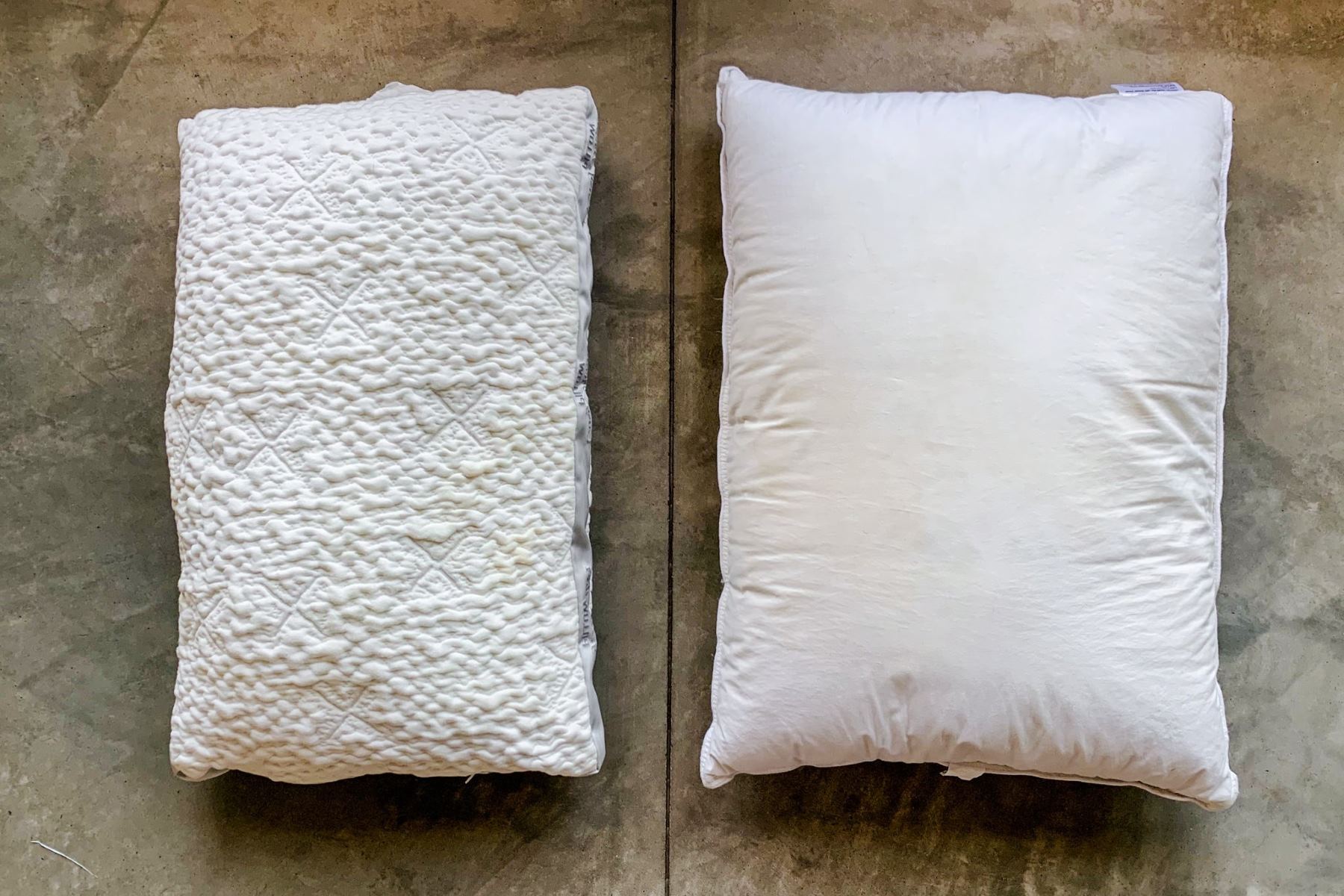
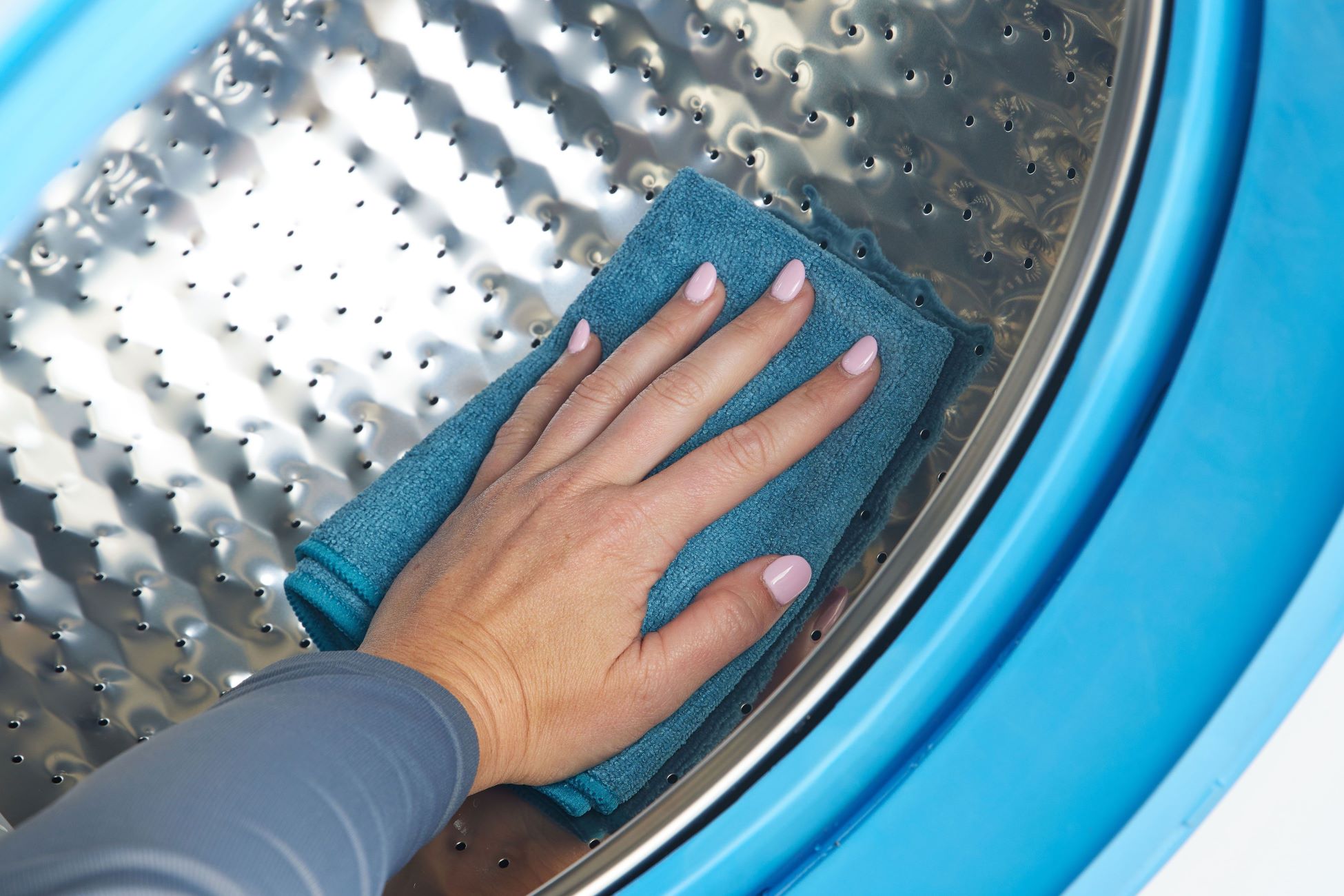
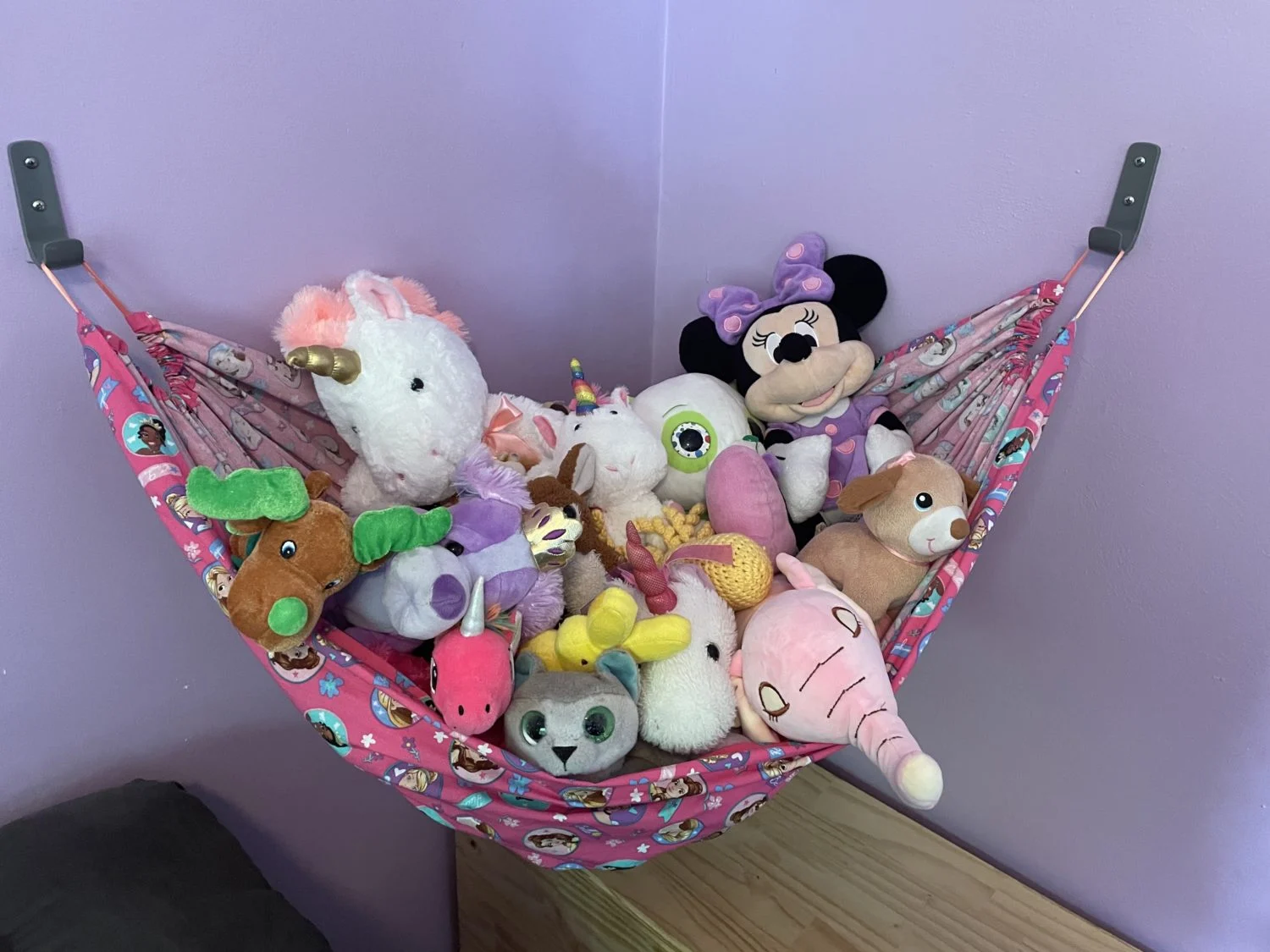
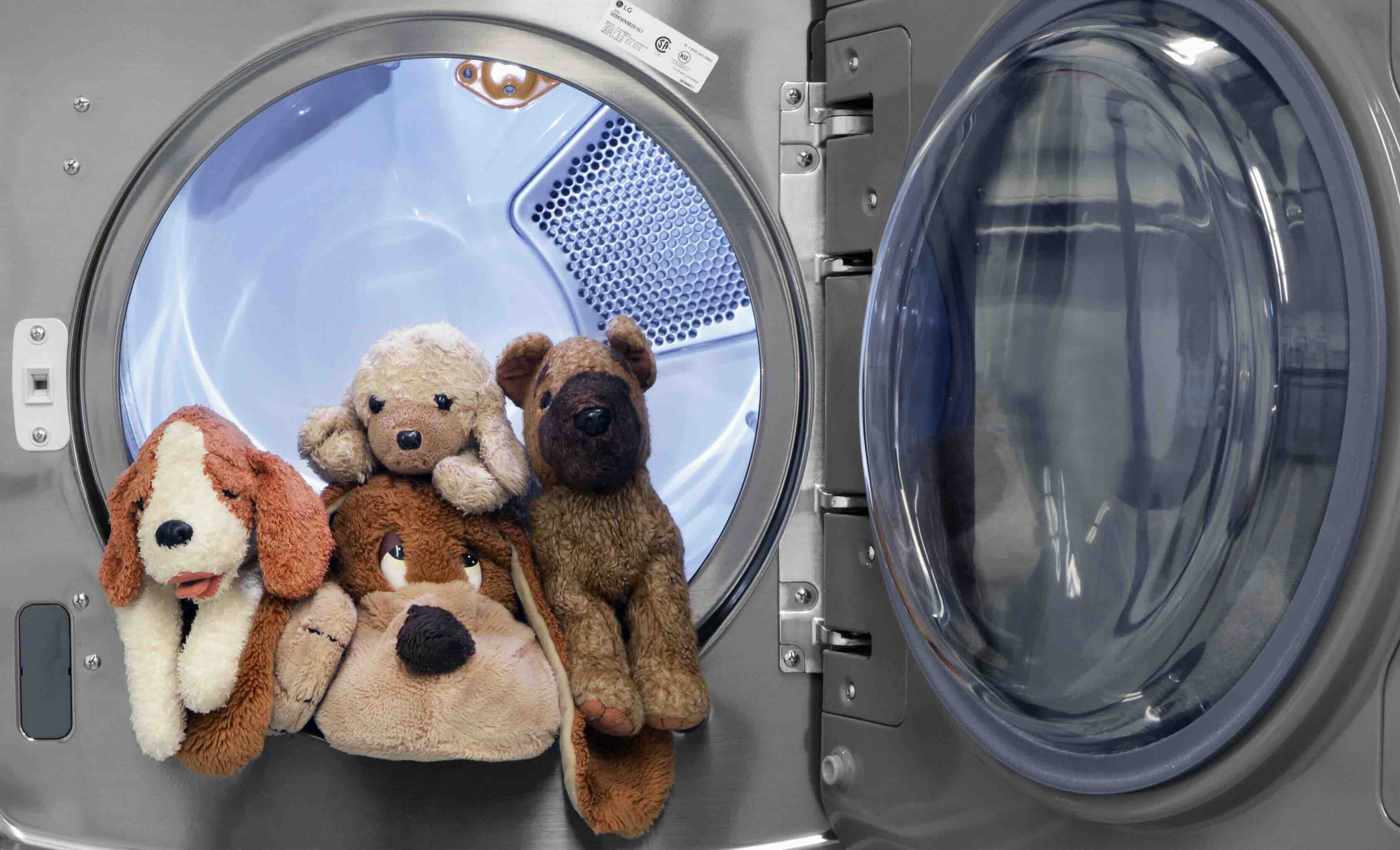
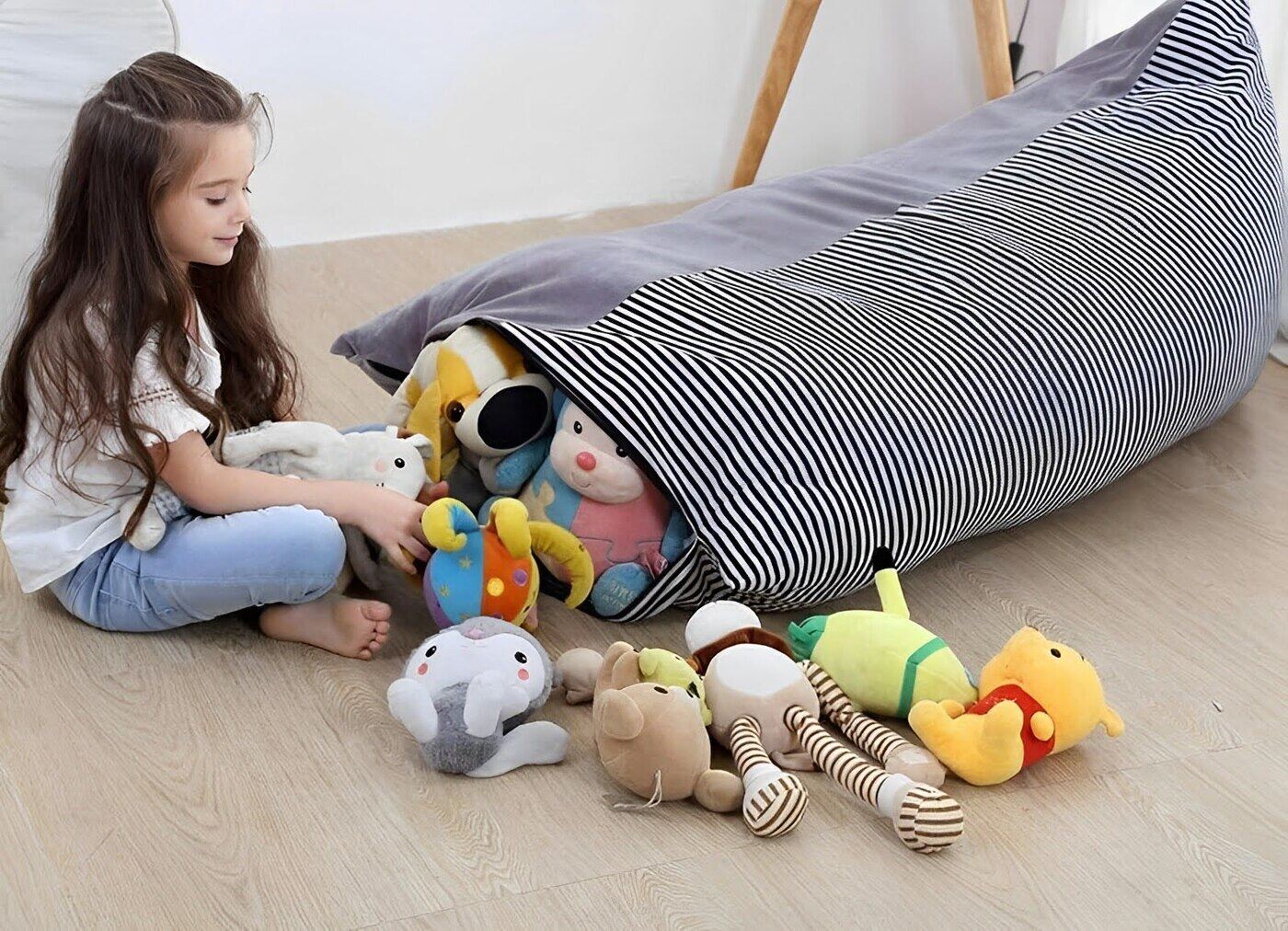
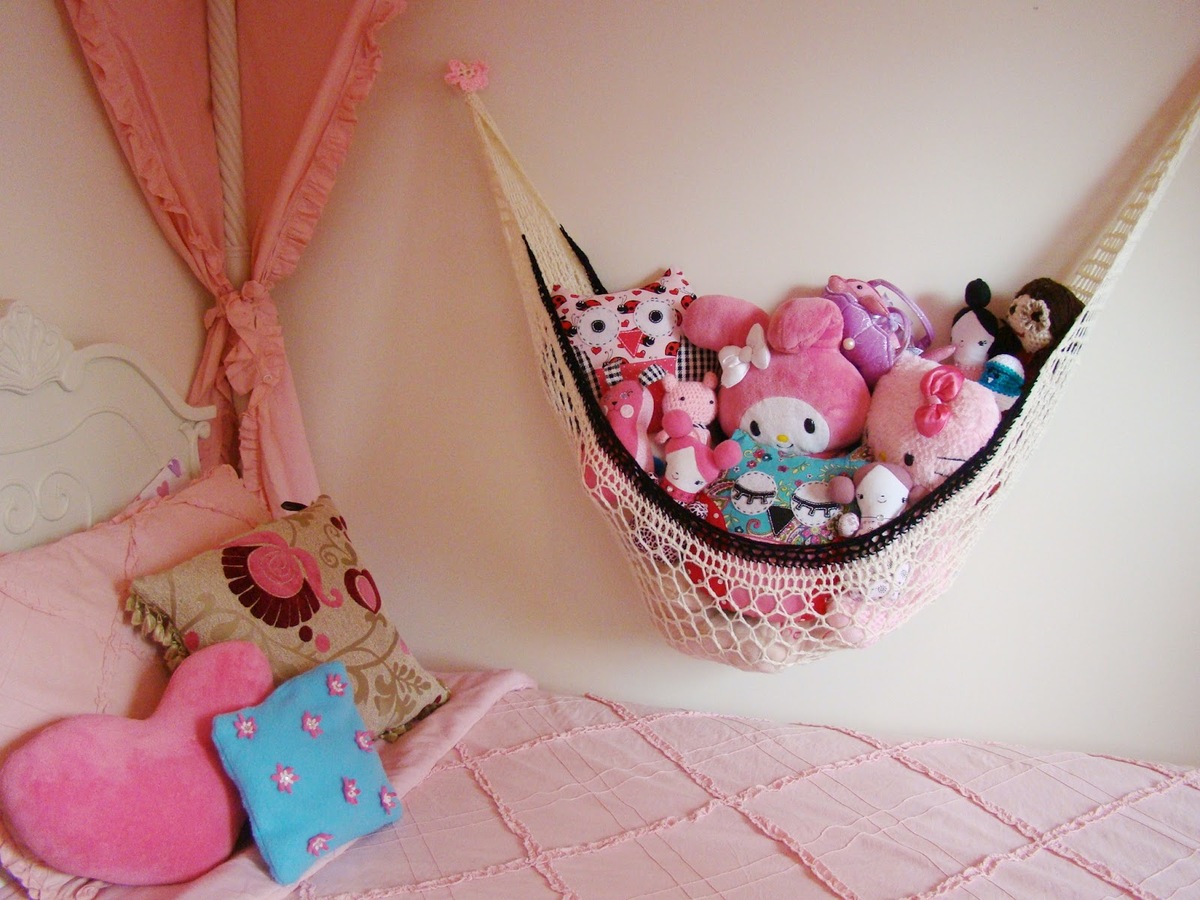
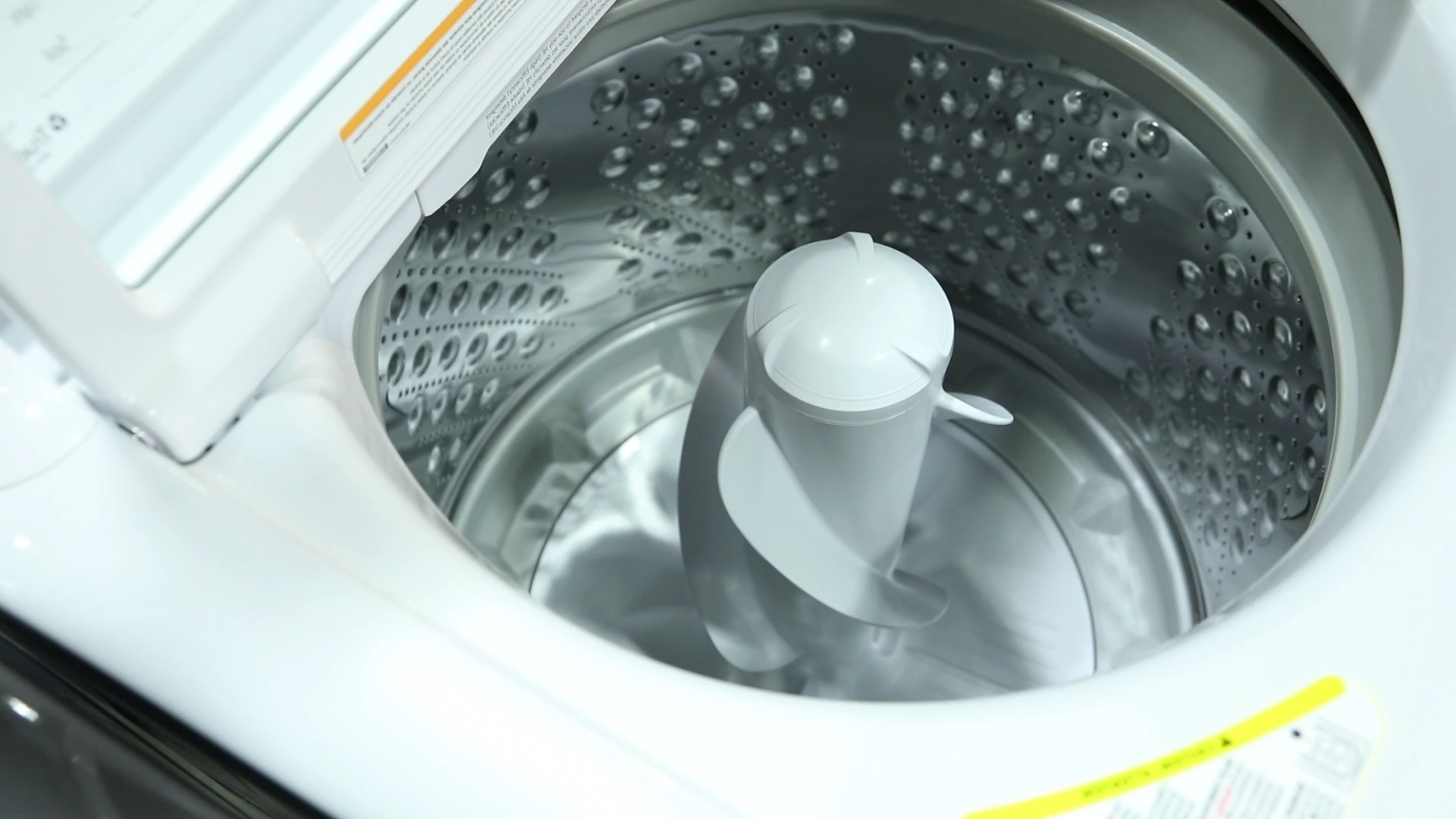
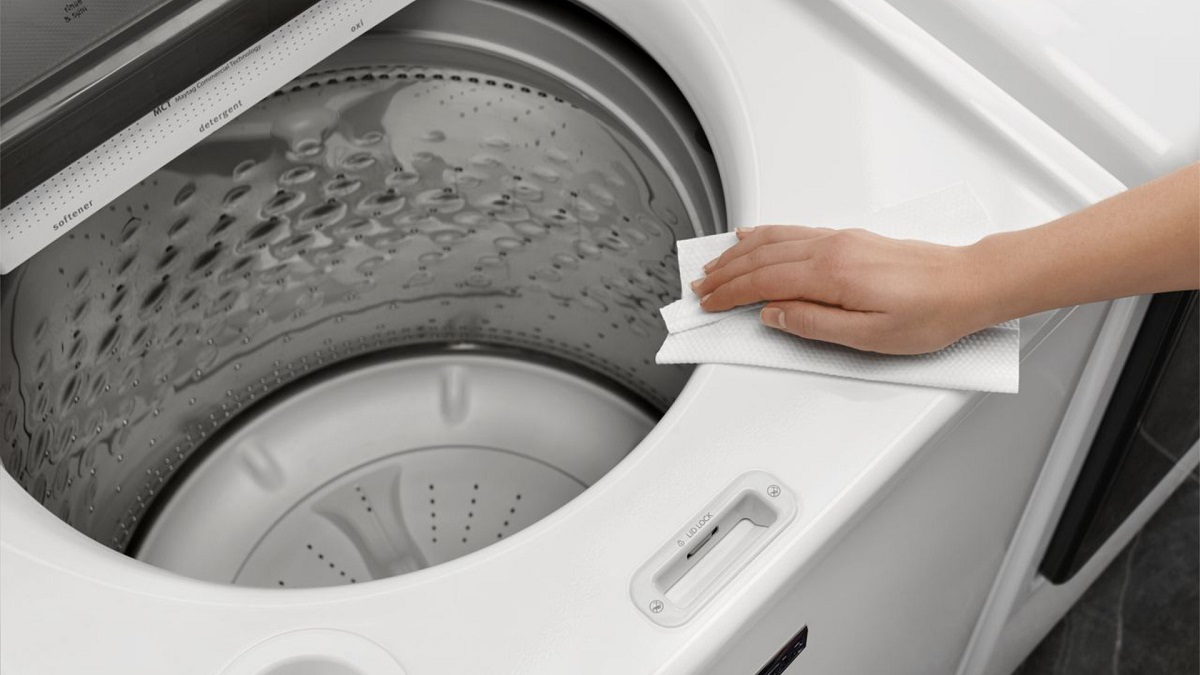
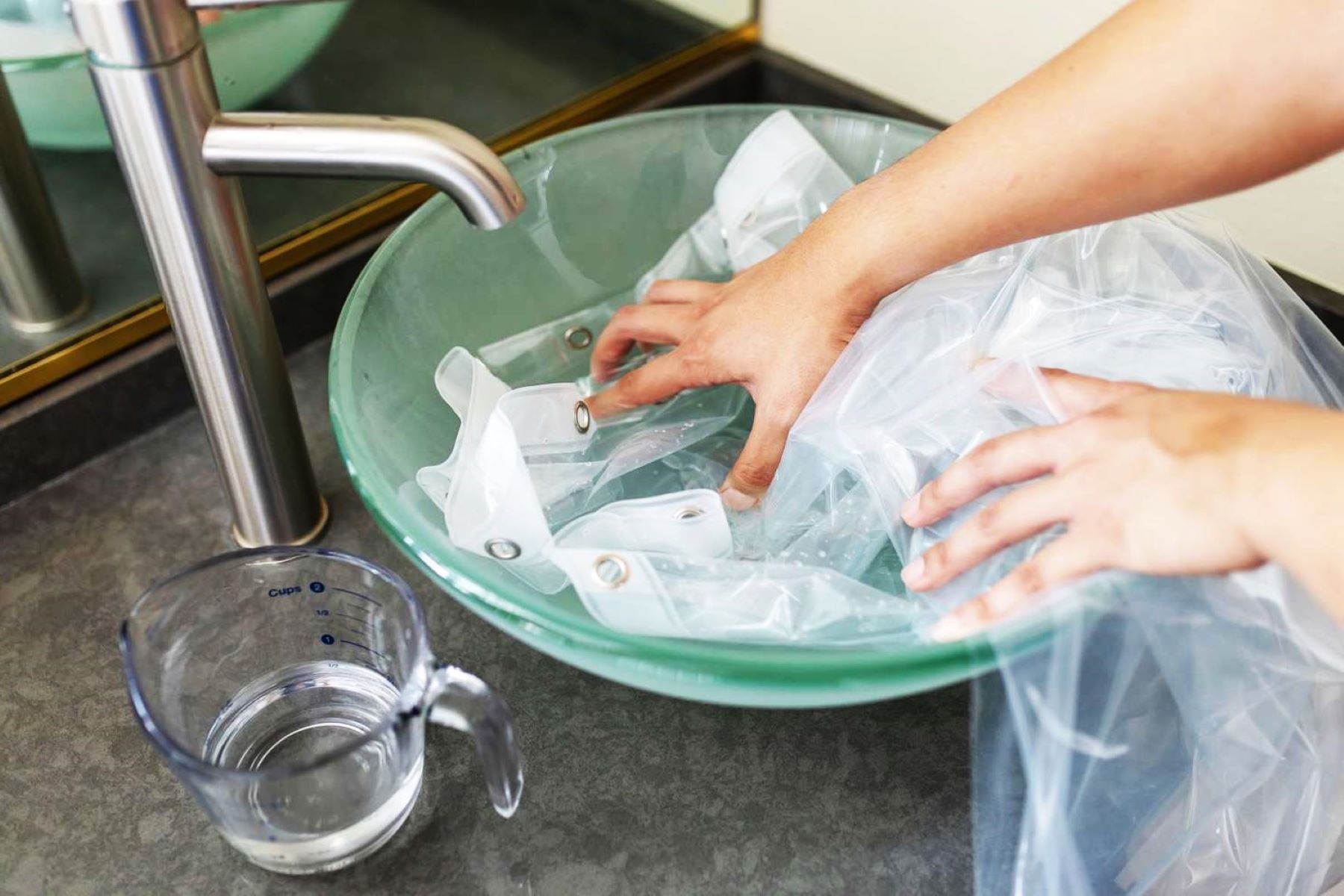
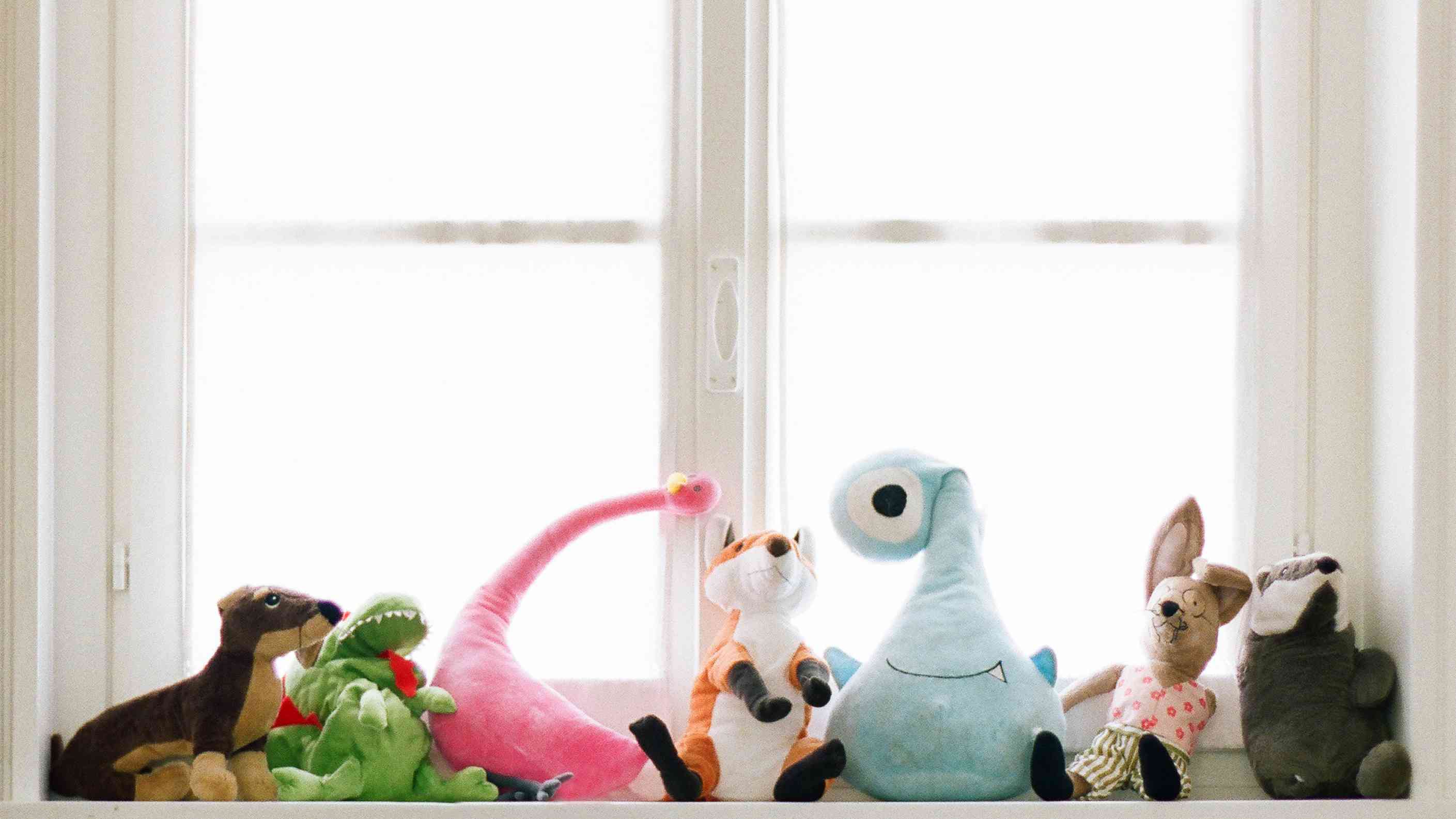
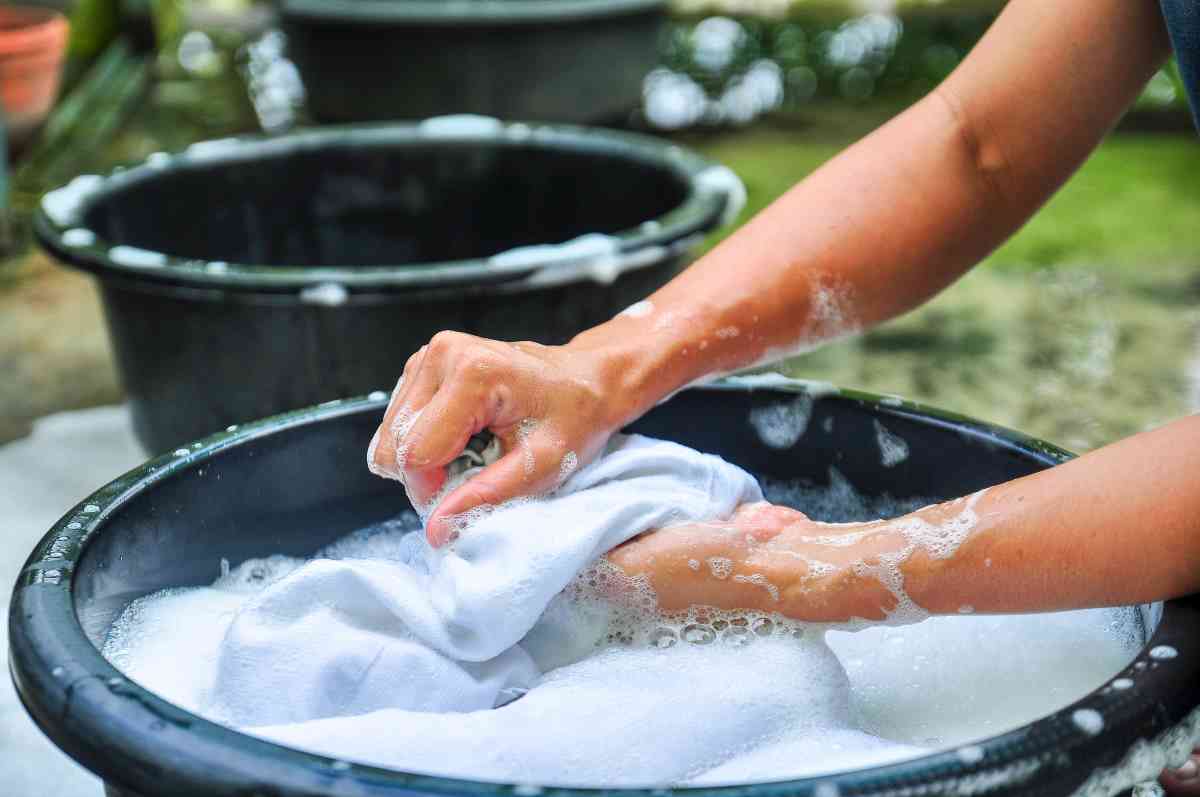
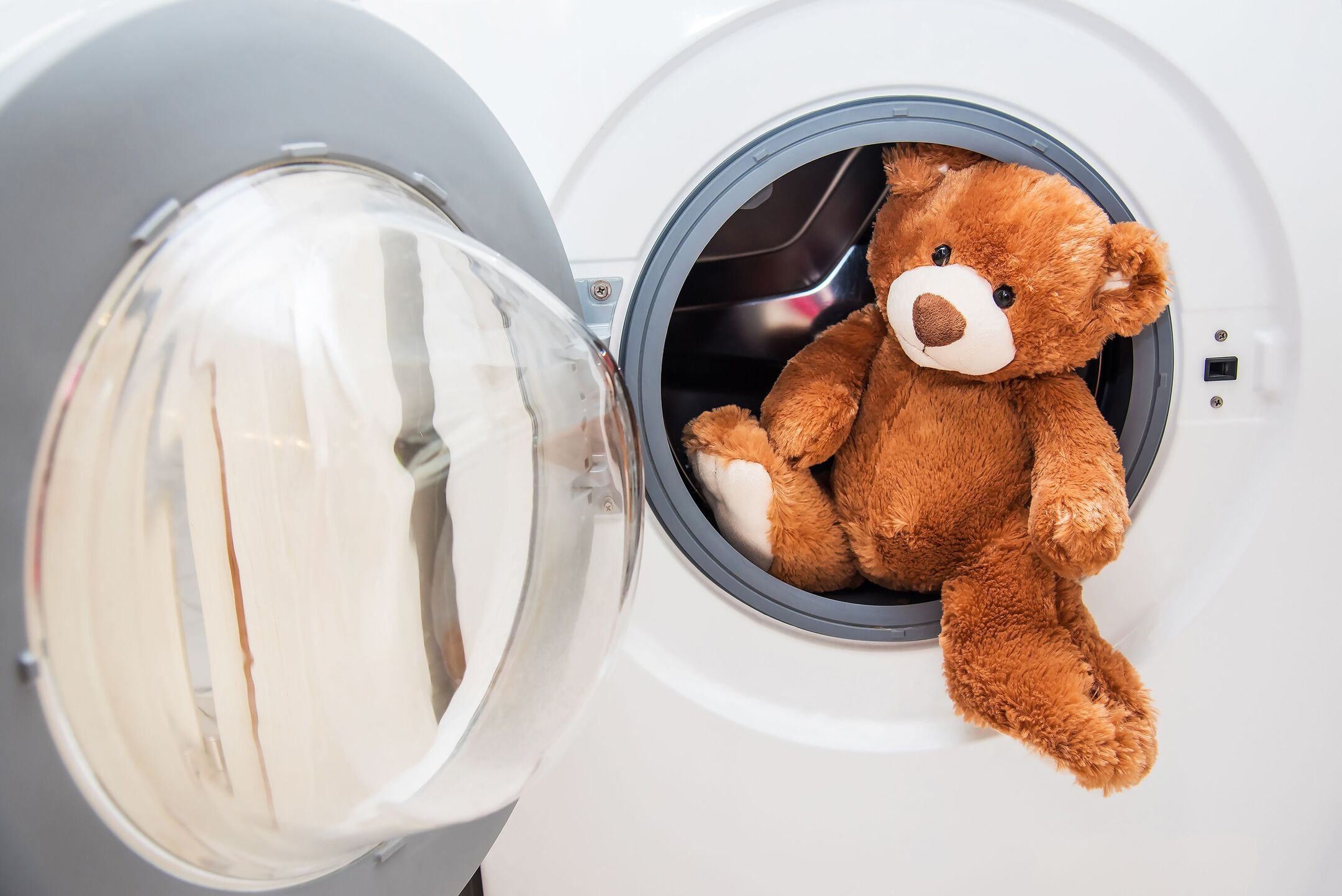
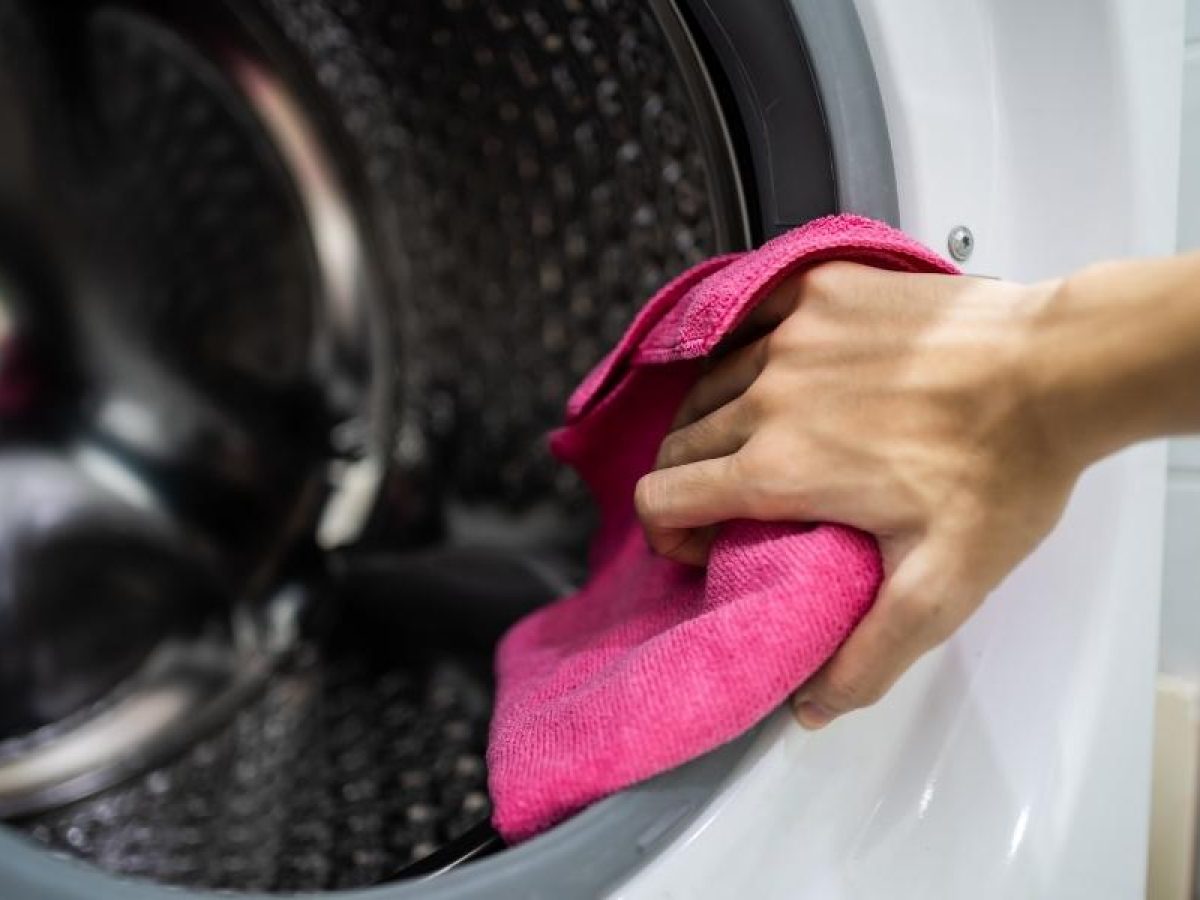


0 thoughts on “How To Clean Stuffed Animals Without A Washing Machine”